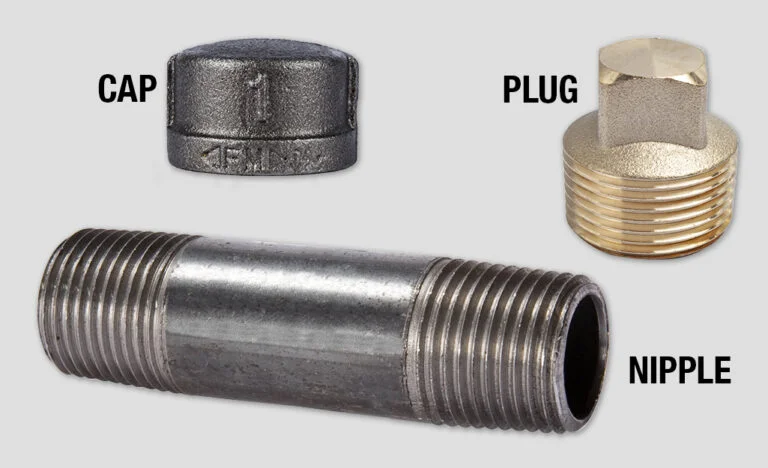Samsung 80 cm (32 inches) HD Ready Smart LED TV UA32T4380AKXXL (Glossy Black)
₹11,990.00 (as of March 22, 2025 21:11 GMT +05:30 - More infoProduct prices and availability are accurate as of the date/time indicated and are subject to change. Any price and availability information displayed on [relevant Amazon Site(s), as applicable] at the time of purchase will apply to the purchase of this product.)Pipe fittings are components used to connect, control, and redirect the flow of fluids (liquids, gases, or slurries) within a piping system.
They are essential for constructing and maintaining a wide range of industrial, commercial, and residential applications involving pipes. Here is an overview of the common types of pipe fittings:
Elbow:
Elbows are used to change the direction of the pipe, allowing it to turn at various angles (typically 45 or 90 degrees). They are available in different degrees of curvature to accommodate specific piping needs.
Tee:
Tees have a T-shaped design and are used to create branches in a pipeline. They have three openings, with one inlet and two outlets, allowing fluid to flow in multiple directions.
Coupling:
Couplings are used to connect two pipes of the same diameter in a straight line. They are typically threaded or slip-on and can be easily installed or removed for maintenance or repairs.
Union:
Unions are similar to couplings, but they allow for easy disconnection of pipes. They consist of three parts: a nut, a female end, and a male end. By unscrewing the nut, the pipes can be separated without requiring any cutting or threading.
Reducer:
Reducers are used when there is a need to connect pipes of different sizes. They come in two types: concentric reducers, which have a straight centreline, and eccentric reducers, which have an offset centreline to maintain a level flow.
Cross:
Cross fittings are shaped like a plus (+) sign and are used when there is a requirement for multiple branch connections. They have four openings, allowing the flow of fluid in four directions.
Cap:
Caps are used to seal the end of a pipe. They are typically threaded or slip-on and provide closure to the pipe, preventing the flow of fluids and protecting the pipe's interior from debris or contamination.
Nipple:
Nipples are short lengths of pipe with male threads on both ends. They are used to extend or connect fittings in a piping system.
Valve:
Although not strictly fittings, valves are crucial components in pipe systems. They regulate and control the flow of fluids by opening, closing, or partially obstructing the pathway. Common types include gate valves, ball valves, globe valves, and butterfly valves.
It's important to note that pipe fittings are available in various materials, such as metals (steel, copper, brass), plastic (PVC, CPVC), and composite materials.
The selection of Pipe Fittings in Mumbai depends on factors like the application, pressure, temperature, and compatibility with the fluids being transported.
Proper installation and adherence to local plumbing codes and standards are essential to ensure safe and efficient pipe systems.







0 Comments